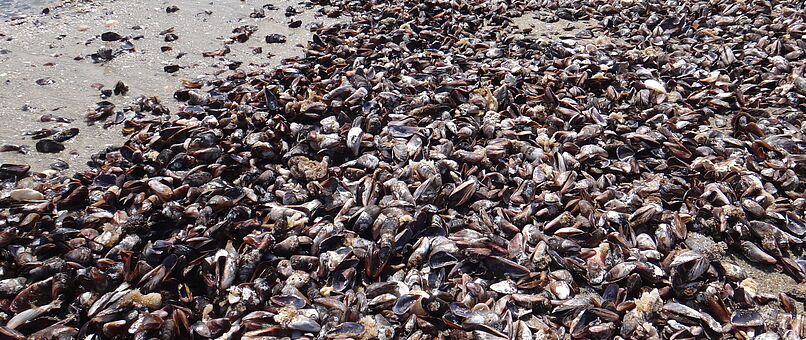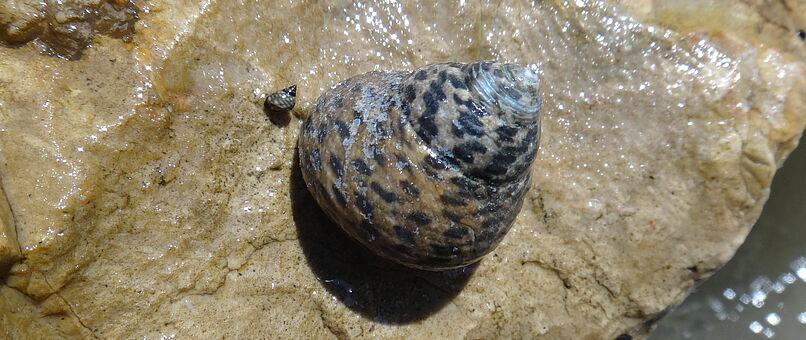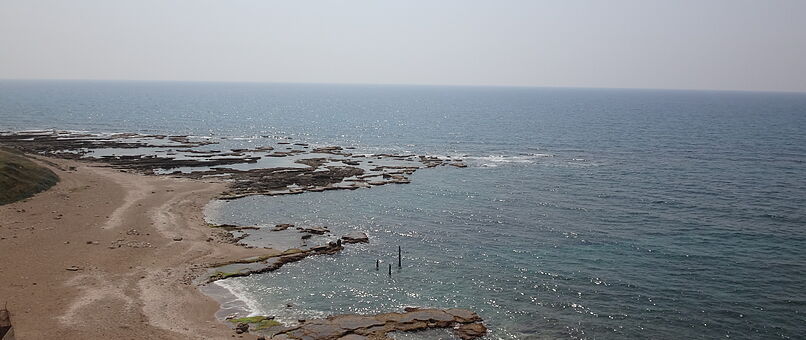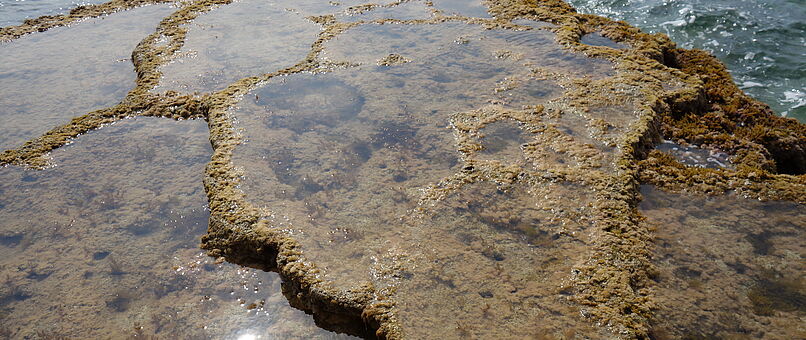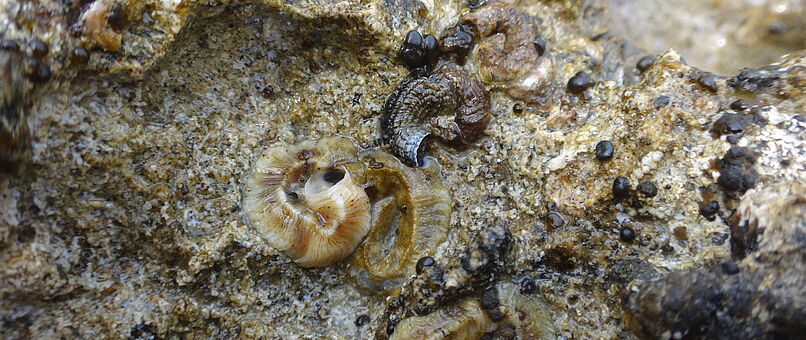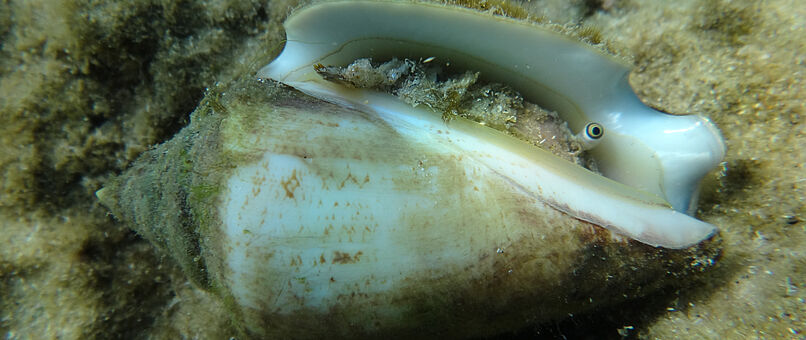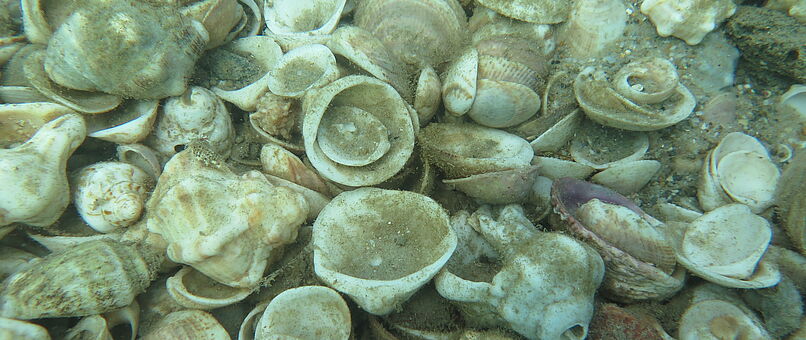Project aims
Marine biodiversity is increasingly threatened by climate warming, extreme weather events, and biological invasions. The Eastern Mediterranean Sea is a region where all these drivers interact, resulting in the most dramatic loss of native species documented to date. Despite the potentially severe consequences for local ecosystems and their services provided to society, our understanding of the process and the role of individual stressors is severely limited by the lack of long-term data needed to assess changes over time. In this project, we will overcome this impediment by combining observational and paleontological data to obtain a sufficiently deep temporal coverage. Focusing on molluscs and fishes, two ecologically and economically important groups, we will address the following questions:
- What share of native biodiversity has been lost in the Eastern Mediterranean and how did these losses alter ecosystem functioning?
- What are the temporal patterns of biodiversity loss?
- How do summer heat peaks affect biological communities in the Eastern Mediterranean Sea?
- What is the relative importance of seawater warming and non-indigenous species as drivers of native species decline?
- How will habitat suitability change for native species under different future climate scenarios?
Methods
To answer these questions, we will use a combination of methods from marine ecology and conservation palaeobiology, including:
- available monitoring datasets and (grey) literature
- the study of museum specimens
- the analysis of identifiable hard parts of marine organisms left after their death and preserved in sediments, such as molluscan shells and fish otoliths (“earstones”)
- species distribution modelling
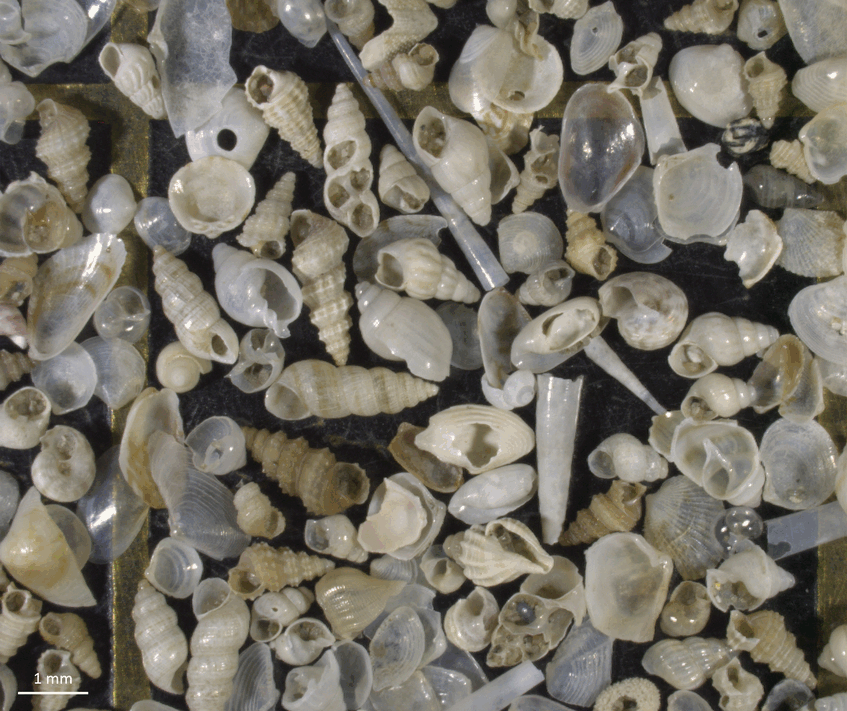
A molluscan death assemblage extracted from sediment collected at c. 30 m water depth off northern Israel. © Jan Steger
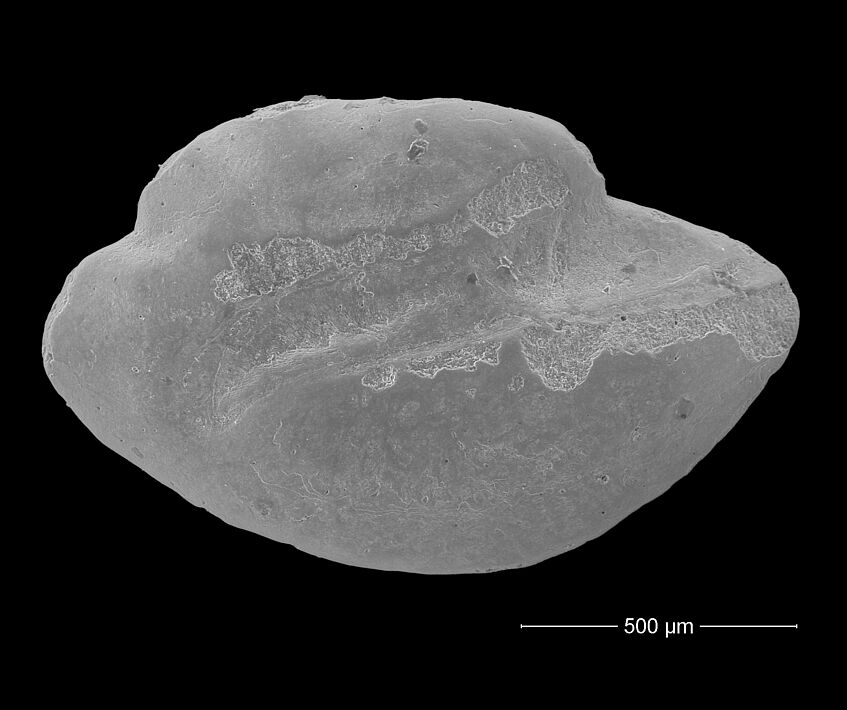
Scanning electron microscope image of a fish otolith ('earstone'). Just like molluscan shells, otoliths can be identified to species level and accumulate over long time on the seafloor. Otolith death assemblages thus constitute natural archives that enable recontructing past fish community composition. The otolith shown belongs to the native Mediterranean damselfish (Chromis chromis) and was collected off southern Israel. © Jan Steger

